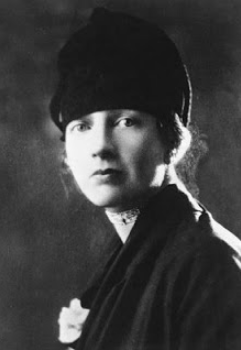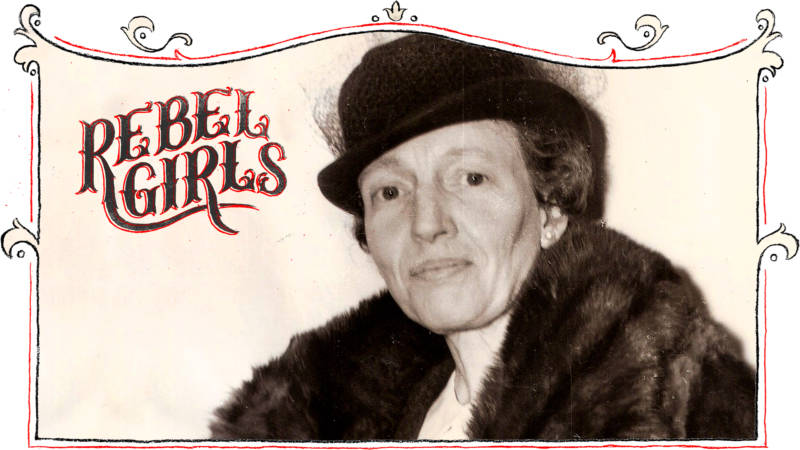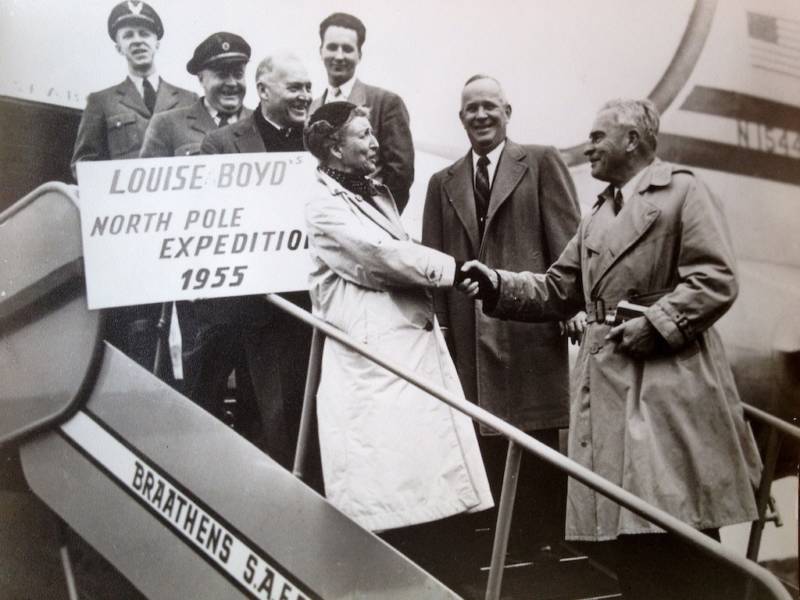 Her epic six weeks in the Arctic didn’t quell Louise’s love for adventure, even when other missions made it abundantly clear that these kinds of outings were extraordinarily risky. In 1928, an Italian aeronautical engineer by the name of Umberto Nobile went missing on his way back from the North Pole.
Her epic six weeks in the Arctic didn’t quell Louise’s love for adventure, even when other missions made it abundantly clear that these kinds of outings were extraordinarily risky. In 1928, an Italian aeronautical engineer by the name of Umberto Nobile went missing on his way back from the North Pole.
In response, a Norwegian explorer named Roald Amundsen went in search of Nobile — and also promptly went missing. Louise responded to this by running in the direction of the danger and searching 10,000 miles of Arctic Ocean for the men. Nobile eventually emerged of his own accord, while Amundsen perished. Regardless, Louise was awarded the prestigious Norwegian Chevalier Cross of the Order of Saint Olav for her fearless efforts. One rescue coordinator told Louise in writing that: “You volunteered for the hardest and most dangerous cruises, showing devotion and courage.”
Unperturbed by the loss of Amundsen’s entire crew, Louise continued to make regular expeditions to the most inhospitable places on Earth. In 1931, she went to Greenland and discovered a glacier and previously unknown land mass. She returned in ’33 with a geologist, botanist, surveyor and physiographer. She embarked on further explorations in 1937 and 1938.
Louise photographed his frigid environs thoroughly, documenting her work in several books including 1935’s The Fiord Region of East Greenland and 1937’s Polish Countrysides. One review of the latter stated: “Miss Boyd is not only to be congratulated on the work of her camera, but must be warmly thanked for compiling a permanent record of so many of the distinctive features of a country where changes are taking place rapidly from day to day.”

 Her epic six weeks in the Arctic didn’t quell Louise’s love for adventure, even when other missions made it abundantly clear that these kinds of outings were extraordinarily risky. In 1928, an Italian aeronautical engineer by the name of Umberto Nobile went missing on his way back from the North Pole.
Her epic six weeks in the Arctic didn’t quell Louise’s love for adventure, even when other missions made it abundantly clear that these kinds of outings were extraordinarily risky. In 1928, an Italian aeronautical engineer by the name of Umberto Nobile went missing on his way back from the North Pole.


